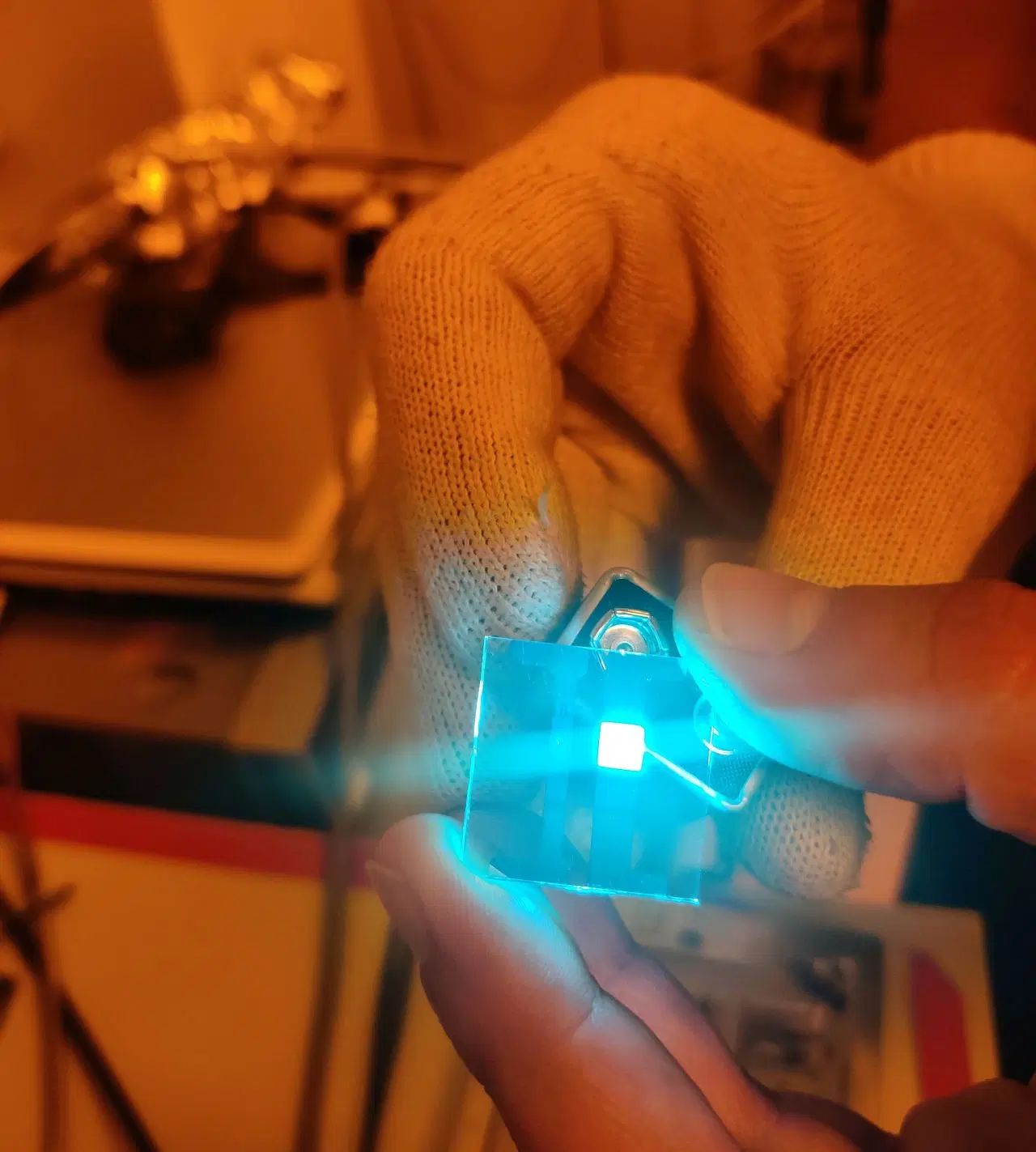International Research Training Group for semiconductor research
Young researchers at the University of Bayreuth have reason to be pleased: for a period of 5 years, the DFG will fund research work on semiconductors within a research group, thus enabling them to work on state-of-the-art techniques in the fields of spectroscopy, microscopy and optoelectronics.
Under the direction of Prof. Dr Anna Köhler, an International Research Training Group (IGK) in the field of semiconductor research has been launched at the Chair of Optoelectronics Soft Matter in collaboration with two renowned Australian partner universities, the University of Melbourne and Monash University.
International semiconductor research with state-of-the-art techniques
The DFG is initially funding the IGK for a period of five years with more than six million euros. The research work pursues the fundamentally new approach of controlling the properties and functions of semiconductors by means of light, electromagnetic fields or material self-organization processes. Systems that exist in nature for the absorption and transmission of light energy will serve as models.
Young scientists in Bayreuth and Melbourne will be able to use state-of-the-art techniques in the fields of spectroscopy, microscopy and optoelectronics and will receive intensive individual support. The focus is on continuous exchange in multinational and interdisciplinary working groups, also between the fields of organic and inorganic semiconductors, as well as on knowledge transfer to industry.
Funding of the TADFsolutions research network
Prof. Dr Anna Köhler is also the coordinator of the international research network “TADFsolutions”. It is being funded by the EU for the next four years with around 3.1 million euros as a Marie Skłodowska-Curie Innovative Training Network (ITN). The goal is to develop semiconductor materials for a new generation of organic light-emitting diodes (OLEDs). An innovative research approach called thermally activated delayed fluorescence (TADF) will make it possible to significantly increase the luminosity, colour purity, energy efficiency and stability of the light-emitting diodes. Nine European partners form the core of the network, with an additional nine universities, research institutions and companies in Europe and in Japan associated.
“High-performance, energy-efficient and stable organic light-emitting diodes have enormous technological and economic potential. Global competition in this field is visibly intensifying, with countries in the Far East now playing a dominant role. European universities, research institutes and companies therefore have a great interest in not only continuing to keep pace with global competition, but also in gaining an edge. This requires highly motivated young talent, which we want to promote comprehensively in TADFsolutions,” says Köhler.

© Thorsten Schumacher | Bayreuth laser laboratory for the investigation of nanostructured organic or inorganic semiconductors.

